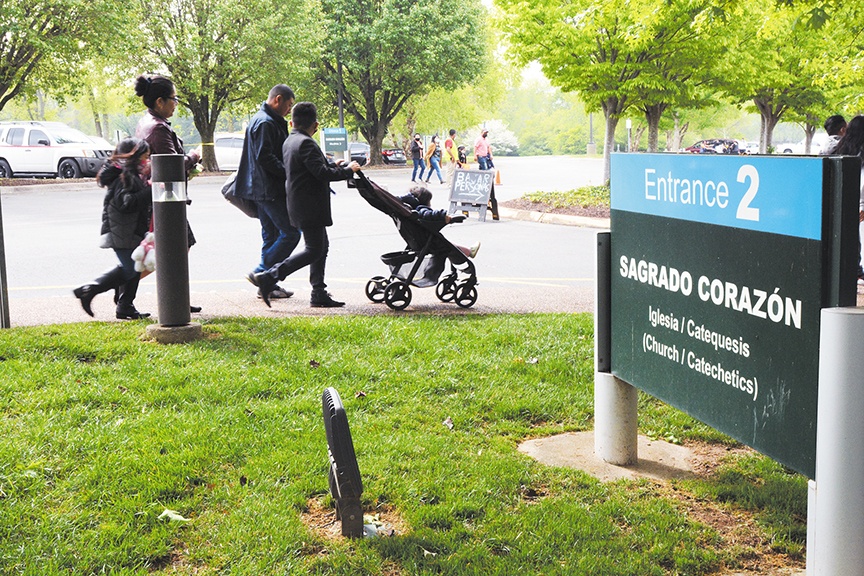
A visitor to the Catholic Pastoral Center on the weekends could find youth from parishes across the Diocese of Nashville preparing for their Confirmation dancing to joyous music.
Or married couples on a faith journey together.
Or families from Egypt and the Middle East worshipping together in their native tongue.
Or candidates for the permanent diaconate attending class.
Or the Knights of Columbus holding a virtual state convention.
Or Hispanic children and their parents attending a retreat as they prepare for their First Holy Communion.
Or the parking lot filled as people flock to Mass at Sagrado Corazon Church.
Or families watching their children, grandchildren, brother or sister being Confirmed.
Or a national Catholic organization holding a conference.
Or a diocesan-wide liturgy, such as an ordination.
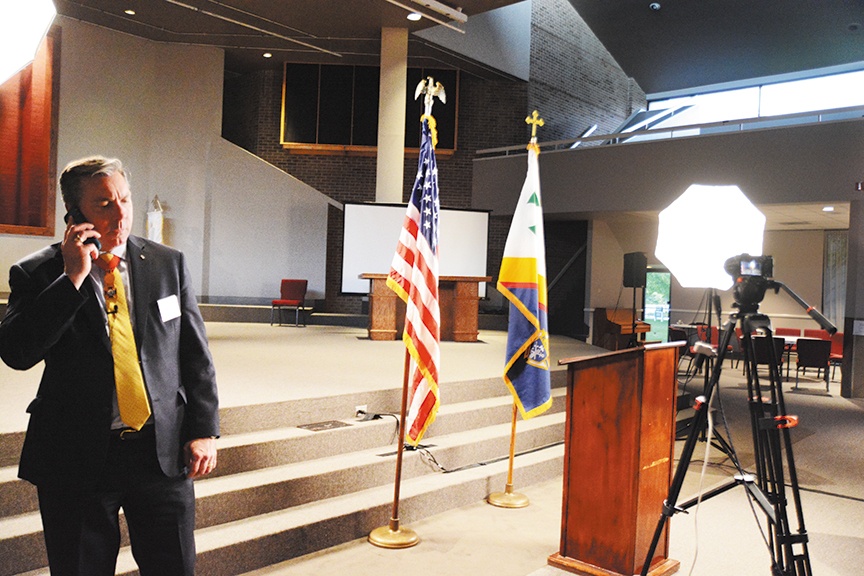
And as the pandemic eases, the activity is beginning to heat up and fulfill the vision Bishop J. Mark Spalding and diocesan leaders have for the Catholic Pastoral Center.
“It’s a resource where all parishes and various communities can come to one space and meet and discuss and encourage each other,” Bishop Spalding said.
The Catholic Pastoral Center can help unify the diocese, Bishop Spalding said. “A diocese is a communion of parishes. And when we gather here at the Catholic Pastoral Center it’s one of those moments when we see our unity in Christ.”
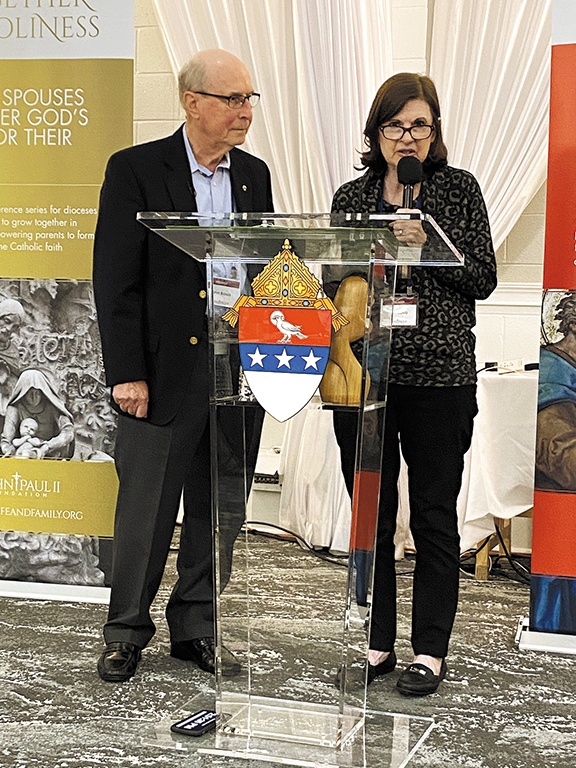
He witnessed that first-hand at his episcopal ordination and installation, which was held at Sagrado Corazon in the Catholic Pastoral Center in February 2018.
“Seeing everyone gathered in the true spirit of that occasion and that day, I will never forget,” Bishop Spalding said. “It will encourage and strengthen me for years to come.
“We want to make sure other celebrations with that spirit occur here,” he added.
The Catholic Pastoral Center was originally built as the home of a Protestant megachurch. The diocese purchased the facility in August 2014 for $12.3 million from the Fellowship at Two Rivers and moved into the building the following year.
The purchase of the building allowed the diocese to consolidate in one location its offices and ministries, including the Chancery offices, the Catholic Schools Office and Catholic Charities of the Diocese of Nashville.
“When Bishop Spalding first came, we both saw this campus as unique,” said Brian Cooper, Chancellor and Chief Operating Officer for the diocese, who came to the diocese only months before the bishop. “We felt it was a diamond in the rough. There was always a vision to make it a polished jewel, which it is today.”
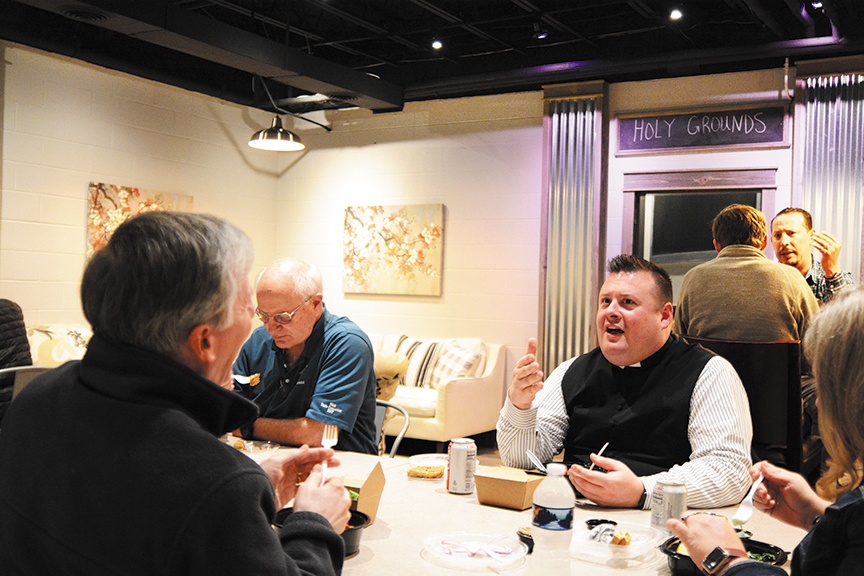
Several factors contribute to making the Catholic Pastoral Center unique, Cooper said, including its size, multiple meeting spaces of various sizes, multiple liturgical spaces of various sizes, abundant parking, full commercial kitchen and banquet space, and its location just off Briley Parkway, a short drive from both downtown Nashville and the city’s airport.
At more than 220,000 square feet, the Catholic Pastoral Center is the largest diocesan campus in the United States, Cooper said. Sagrado Corazon Church can seat more than 3,000 people, the Ascension Auditorium about 1,200, the Bishop’s Hall 450, the St. Joseph Chapel about 200 and the Mater Dei room about 100, Cooper said.
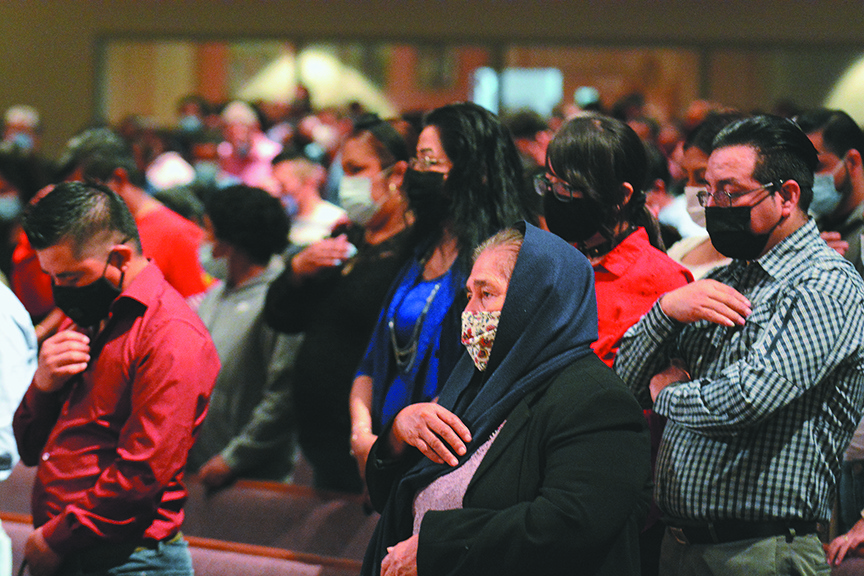
The facility also offers an outdoor gathering space – the Bishop’s Garden –and the Holy Grounds Café, which is used by employees who eat lunch there during the week and can be a gathering space for other meetings.
“It’s a jewel and has unique capabilities,” Cooper said. Those capabilities make it an attractive venue not only for diocesan meetings and events, but for regional and national gatherings as well, he said.
“The Catholic Pastoral Center has really transformed our capability” to house both local events and national gatherings, Cooper said. With its space, variety of meeting and liturgical spaces, parking and accessibility, the center meets the needs of the national organizations looking for venues, Cooper said.
“The Catholic Pastoral Center is now a very robust venue to do that,” Cooper said. “In fact, it’s unique.”
Organizations like Ascension Health Care and the Knights of the Holy Sepulchre will hold meetings at the Catholic Pastoral Center in the coming months, Cooper said.
To take full advantage of the Catholic Pastoral Center, the diocese had to invest in making some improvements, Cooper said, such as replacing the carpet throughout the building, installing LED lighting, updating the building’s security, mechanical, HVAC and other systems, and converting a basketball gym into the Bishop’s Hall banquet and meeting space.
With portraits of all the diocese’s bishops adorning the walls of Bishop’s Hall, it is “representative of the history of the diocese,” Cooper said. “It’s made for fellowship.”
The diocese was able to do the renovations to Bishop’s Hall at a substantial savings by doing much of the work in-house rather than hiring outside contractors, Cooper said. Although commercial estimates for the work were $500,000 to $750,000, the diocese was able to complete the project at a cost of less than $100,000, he said.
The diocese has realized another savings by making the building more energy efficient, Cooper said.
Beyond the physical attributes of the Catholic Pastoral Center are its contributions to building community among the people of the diocese, Cooper said.
“It’s directly tied to the diocesan mission of ‘Living and Proclaiming the Good News of Jesus Christ, Welcoming All,’” Cooper said. “That is what the CPC does now.”
When the late Bishop David Choby bought the Catholic Pastoral Center, “It opened many doors for us,” Bishop Spalding said. “God has taken Bishop Choby’s dream and widened it even more.”
Bishop Choby “saw the opportunity and took it,” Bishop Spalding said. “And I’m thankful for that.”
MORE PHOTOS TO COME!









